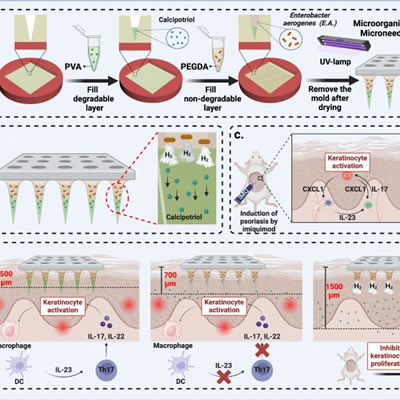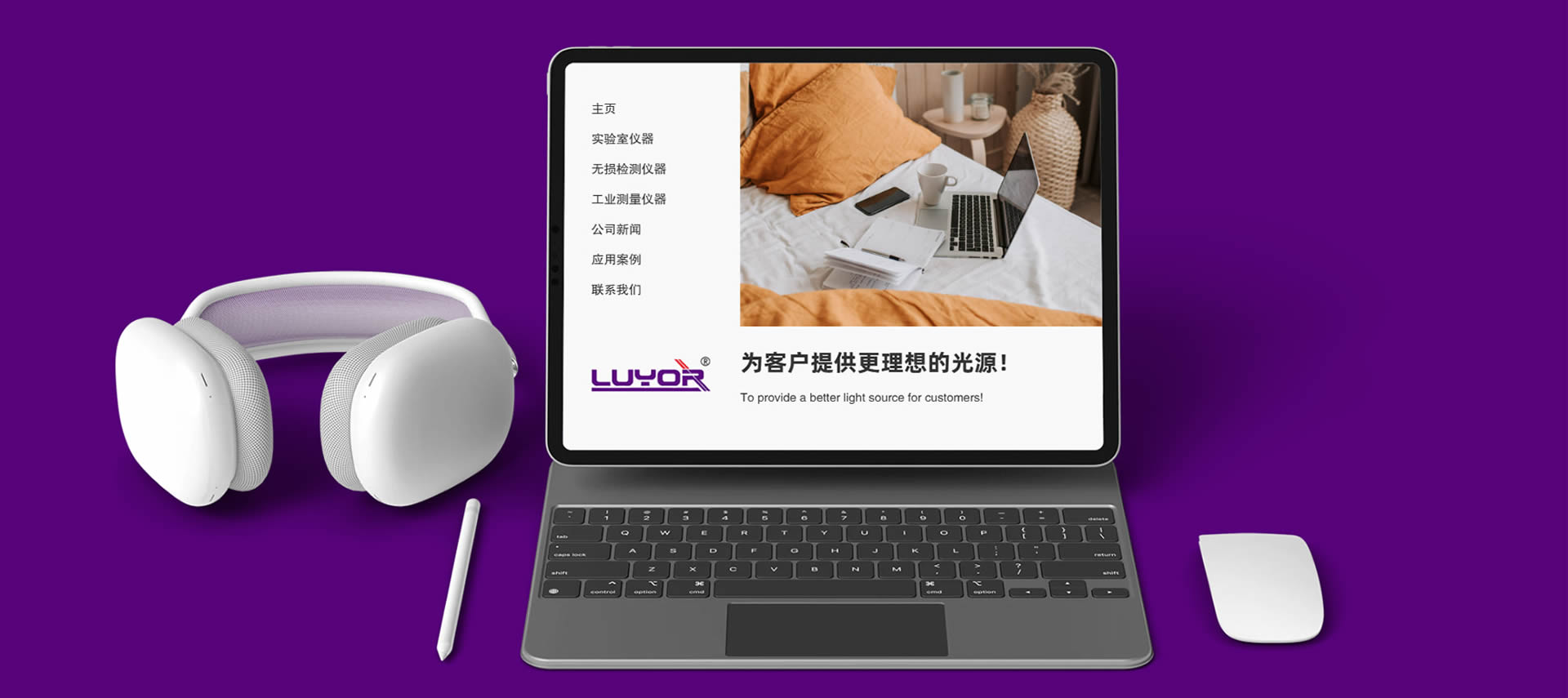荧光手电筒用于钙黄绿素标记观察
近日,辽宁省海洋与渔业科学研究院在《Marine Science》发表文献为《Efficacy of calcein as a chemical marker of Potamocorbula laevis》,文献中使用了上海路阳仪器有限公司销售的LUYOR-3280LB荧光手电筒用于观察钙黄绿素在海洋生物上的标记。钙黄绿素是一种钙离子荧光指示剂,激发波长为495nm,发射波长为515nm。尽管与钙黄绿素的直接接触可能会对人类的皮肤、呼吸道和眼睛造成刺激,但在标记生物样本时,钙黄绿素通常通过内部或表面染色方法与细胞或生物分子结合,并且已被证明对人类没有显著毒性。LUYOR-3280LB荧光手电筒内置了480-490nm蓝光光源,能够激发黄绿素发出黄绿色荧光。

文献摘要:
Introduction: Calcein was used to develop a shell marking method for Potamocorbula laevis.
Methods: The suitable conditions for marking were investigated, including marking concentration, immersion time, and water temperature. The impacts and feasibility of the marking method were assessed based on the survival rate of P. laevis, the success rate of fluorescence marking, marking quality, and alterations in activities of antioxidant enzymes in the digestive gland of the experimental bivalves. Two concentrations of calcein (20 and 50 mg/L) were used and the immersion time included 1 and 2 h, respectively. The experiment was performed in two rounds, with water temperatures of 12.84 ± 0.09 and 24.18 ± 0.04 °C, respectively.
Results and discussion: The results indicated that calcein did not significantly impact the survival of P. laevis after 7 d of recovery. The catalase activity and malondialdehyde content in low temperature-marked P. laevis showed significant decreases, and the relative abundances of certain fatty acids also exhibited significant changes within 2 h post exposure to 20 mg/L of calcein. However, these indicators returned to normal levels within 7 d. The marking impact of calcein was proportional to the calcein concentration and immersion time. Higher temperature generated a negative impact on the marking effect of 20 mg/L of calcein, while no obvious impacts were observed for 50 mg/L of calcein. The marking success rates and the recapture rates of P. laevis for in situ tests in the two experimental groups were both ** and 4.44 ± 1.29% after one month. Also, the recapture marking rates and the marking good rates of the recaptured individuals were both **. There were no significant differences between these parameters for 50 and 75 mg/L of calcein. Given the cost and safety of labeling, a strategy in terms of an immersion in 50 mg/L of calcein for 2 h could be considered as an effective in situ labeling scheme for P. laevis. In conclusion, calcein can be employed as a marking method for P. laevis. These findings could be potentially beneficial for development of in situ labeling technology, proliferation as well as release of shellfish in tidal flats and resource conservation.

2.5 Grade evaluation of marking effects
After 7 d of marking, all the remaining smooth-shell clams were dissected, and the soft segments were removed. The shells were cleaned and dried at 50°C. Fluorescent markings on the shells were observed using a fluorescence flashlight (Luyor-3280LB) at 480 ~ 490 nm. The quality of fluorescent marking was assessed using Grade 0 ~ 5 (Table 1). Grade 0, 1, 2 and 3 indicated that the marking was not visible, blurry, clearly marking, and brightly marking under the fluorescence flashlight, respectively. Grade 4 and 5 indicated that the marking was visible, and clearly marking under the transmitted light, respectively (Lü et al., 2014). Markings with a quality of no less than Grade 2 were considered acceptable. The success rate of marking and the rate of good markings (Grade 2 or higher) were separately calculated for each experimental group.
文献地址:https://doi.org/10.3389/fmars.2024.1379571
LUYOR-3280应该手电筒产品介绍:
 路阳激发光源用于杨树基因的研究
路阳激发光源用于杨树基因的研究
 激发光源用于花青素的生物合成的研究
激发光源用于花青素的生物合成的研究
 高强度紫外线灯用于观察GFP在植物叶片上的表达
高强度紫外线灯用于观察GFP在植物叶片上的表达
 台式紫外灯用于微针制备的固化
台式紫外灯用于微针制备的固化


